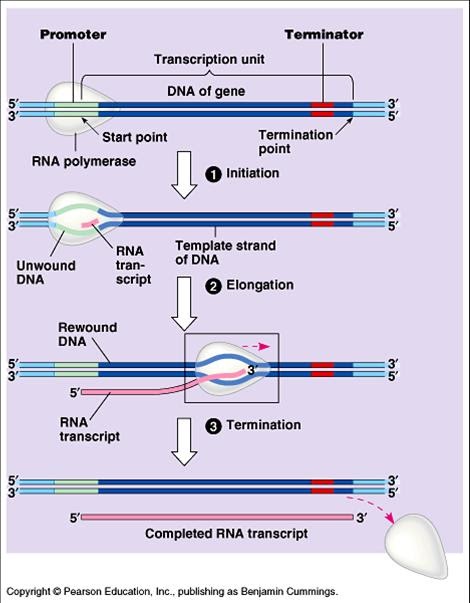

Because the virus is a minimalist and carries only a few things with it, it has to either borrow or steal the machinery of the host cell it infects or it must bring the blueprints to build what it needs. Proteins go on to perform functions, such as the capsid of a virus is made of proteins that provide a structure to encapsulate the viral genome.įacts: Host cells and viruses have many, many differences with respect to the proteins and molecules within each. DNA, which is the makeup of the genome of most organisms, can be replicated, but also transcribed into RNA molecules, which are then translated into proteins. The Central Dogma (pictured below) describes the transfer of genetic information (blueprints) into function in a cell. Crick received a Nobel Prize along with his colleague James Watson for elucidating the structure of DNA. The Central Dogma is a concept coined by Francis Crick in the 1950s. This process of host cell takeover is known as “molecular hijacking.” When a virus replicates it has to build entire viral particles and it has to not only make the proteins that comprise the viral capsid (and enclose it with an envelope), but it must also replicate its genetic material. The viral genome (genetic material) has the instructions, aka genes, to take over the host cell and to build new copies of itself. Most viruses carry very little within their capsid (and envelope if they have one) and the majority of their insides is genetic material made of either strand(s) of deoxyribonucleic acid (DNA) or ribonucleic acid (RNA). First, read the important information below.īackground : Viruses are clever entities and they are minimalists. Newcastle University, Newcastle upon Tyne, United Kingdom.To complete this activity, you will read the information provided and then use the following verbs: bring, build, borrow or steal to fill in the words missing from the paragraph below. Centre for Bacterial Cell Biology, Institute for Cell and Molecular Biosciences. Relations Between Replication and Transcription.DNA, RNA, replication, translation, and transcription.Comparing and Contrasting DNA Replication, Transcription, and Translation in a Student-Centered Environment.It produces primary RNA transcript molecule which needs processing to acquire final form and size. It produces normal DNA molecules that do not need any processing.

It involves unwinding and splitting of only those genes which are to be transcribed. It involves unwinding and splitting of the entire DNA molecule. It involves copying of certain individual genes only. It involves copying of the entire genome. Products are degraded after their function of over. Greater part of the product passes from nucleus into the cytoplasm. MRNA, tRNA, rRNA and non-coding RNA( like microRNA) It require RNA primer to start replication. Transcribed RNA strand separates from its DNA template strand.

Replicated DNA strand remains hydrogen bonded to its template DNA strand. Occurs in preparation for protein translation. Occurs in the G1 and G2 phases of cell cycle.ĭATP, dGTP, dTTP and dCTP serve as raw materials.ĪTP, UTP, GTP and CTP serve as raw materials. Transcriptase (type of DNA Helicase), RNA polymerase To conserve the entire genome for next generation. Transcription is the process of synthesis of RNA using DNA as a template. DNA replication is the process of making two daughter strand where each daughter strand contains half of the original DNA double helix.


 0 kommentar(er)
0 kommentar(er)
